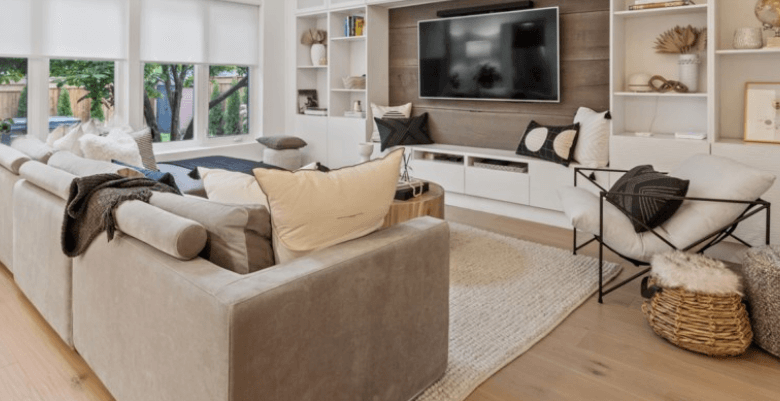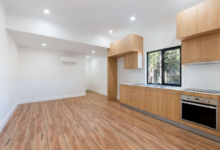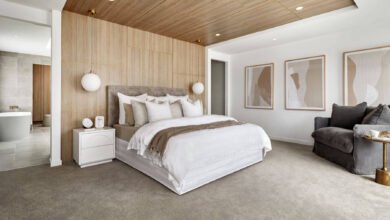Creating Your Dream Living Space: A Guide to Furniture Selection and Arrangement

Your home is a reflection of your personality, lifestyle, and the energy you want to feel every day. Whether you’re furnishing your first home or refreshing a single room, the process of creating your dream living space can be both exciting and overwhelming. Choosing the right pieces and arranging them in a way that feels balanced and beautiful can transform your home into a sanctuary that truly feels like you.
Understanding Your Style and Space
Before diving into furniture catalogs or online stores, take a moment to understand what kind of space you want to create. Are you drawn to cozy, rustic textures or sleek, modern lines? Do you envision a warm, inviting family room or a minimalist retreat for relaxation?
Start by gathering inspiration. Platforms like Pinterest, home magazines, and interior design blogs are excellent places to discover ideas. Once you identify recurring themes in your preferences like earthy tones, clean silhouettes, or bold accent pieces, you’ll have a clearer vision to guide your shopping and layout decisions.
It’s also essential to assess the physical aspects of your space. Take accurate measurements of each room, especially doors and walkways. Nothing kills design momentum faster than discovering your dream sofa doesn’t fit through the front door. Create a simple floor plan on paper or use a digital room planner to experiment with different furniture sizes and layouts before you buy.
Once you’ve figured out the measurements of your space, you’re ready to take a look at furniture and start picking out the pieces that are going to make your space you. Make sure to check our furniture company reviews, like this one for Coleman Furniture, to ensure you’re getting pieces that will fit your lifestyle.
Prioritizing Functionality and Comfort
Great design is also about how your furniture supports your daily life. Think about how you use each room. A living room meant for hosting guests might prioritize ample seating and open space, while a reading nook or home office might focus on comfort and tranquility.
Invest in foundational pieces that blend durability with comfort. Your sofa and dining table are everyday essentials, so prioritize quality and ergonomics over fleeting trends. Consider materials that are easy to maintain, especially if you have kids or pets. Stain-resistant fabrics and modular designs can help your furniture stand the test of time both structurally and stylistically.
Balancing Aesthetics with Practicality
When selecting furniture, it’s easy to get caught up in visual appeal, but practical considerations often make or break a design. Storage is one area where function meets style. Ottomans with hidden compartments, sleek media consoles, coffee tables with built-in shelving. These solutions help reduce clutter and maintain the open, airy feeling that makes a home feel inviting.
Lighting also plays a crucial role in your furniture arrangement. A well-placed lamp or strategically positioned mirror can open up a small room, while layered lighting adds warmth and depth. The right lighting can make even the most modest furniture feel high-end and cohesive.
The Art of Arrangement
Once your pieces are chosen, it’s time to bring your vision to life through arrangement. Start with the largest items, like the sofa or bed, and anchor them to define the room’s focal point. In living rooms, this might be a fireplace, TV, or large window. In bedrooms, it’s typically the bed itself. Arrange secondary pieces like chairs, side tables and lamps around this central element to create a sense of harmony.
Pay attention to traffic flow. Leave enough space for easy movement between furniture pieces, and avoid blocking natural light sources. When possible, create small, purposeful zones: a reading corner, a conversation nook, or a workspace. Rugs can help delineate these zones visually while adding texture and warmth.
Symmetry often gives a room a sense of order, but don’t be afraid to mix it up. A slightly asymmetrical arrangement can feel more dynamic and personal. The goal is balance, both visually and functionally, rather than rigid uniformity.
Adding Personality Through Details
Accessories are where your personality truly shines. Once the foundational furniture is in place, layer in art, textiles, and decor that reflect your story. Throw pillows, area rugs, and curtains can instantly change the mood of a room. Plants bring life and color, while curated wall art adds character.
The key is moderation. Too many accessories can make a space feel cluttered, while too few can make it feel cold. Choose a few meaningful pieces that complement your furniture and color palette. Over time, you can rotate or refresh accents to keep your space feeling new without the need for a full redesign.
Bringing It All Together
Creating your dream living space is a journey, not a one-day project. Allow your design to evolve with your lifestyle, and give yourself permission to experiment. You may discover that rearranging furniture or swapping out a piece over time brings new energy to your home.
Ultimately, the most beautiful spaces are the ones that feel authentic where comfort, style, and personality coexist seamlessly. By focusing on thoughtful furniture selection and intentional arrangement, you’ll craft a home that not only looks stunning but feels like the perfect reflection of you.







